Mythology
-
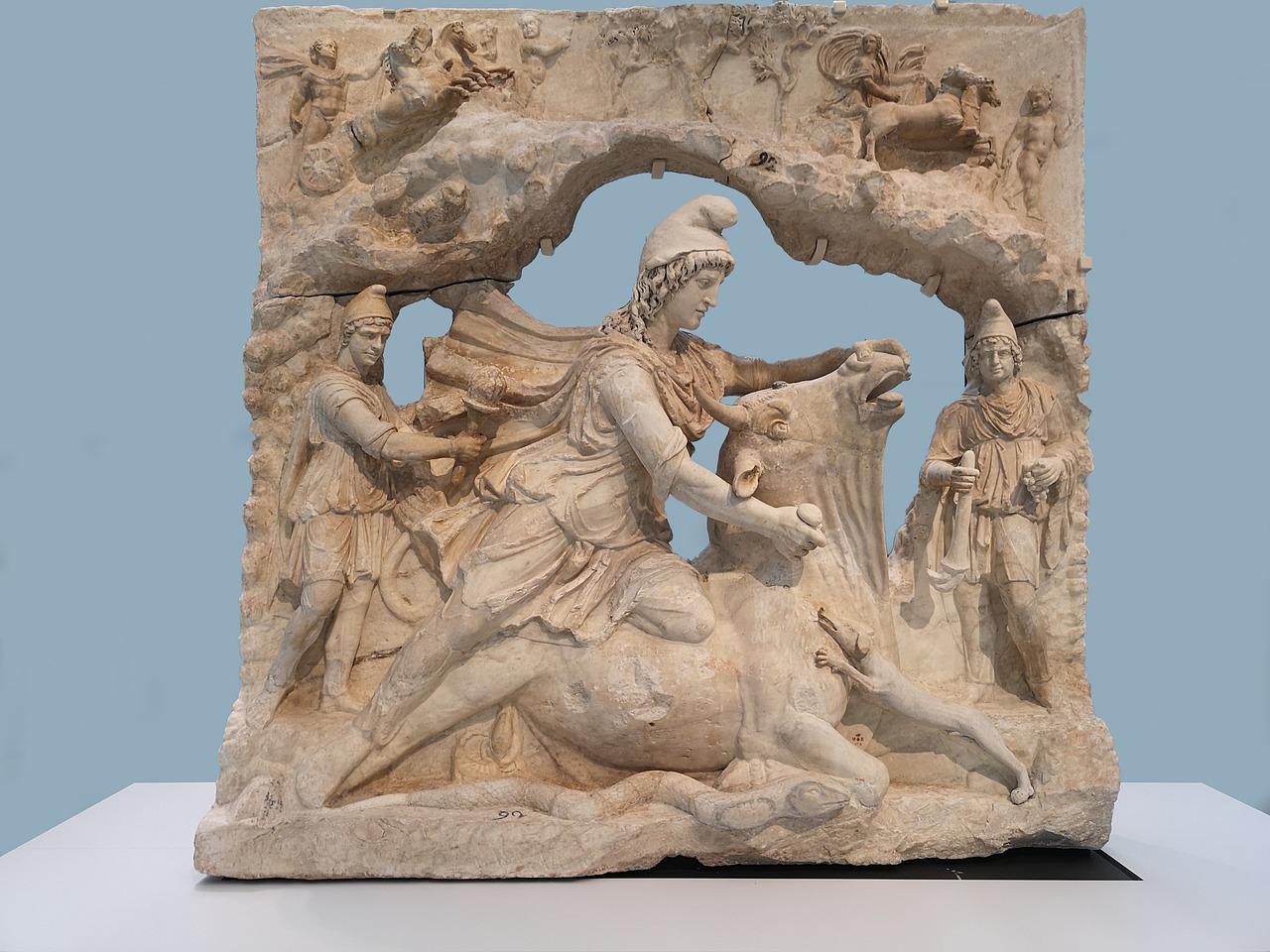
Ernst Renan, the distinguished 19th-century historian and philologist, posits a thought-provoking “what if” scenario: Had the Roman Empire not embraced Christianity, it would likely have adopted Mithraism instead. This contentious idea resonates within the dystopian narrative of Raised by Wolves, illustrating how the Mithraic cult has endured as a focal point for a diverse range…
-
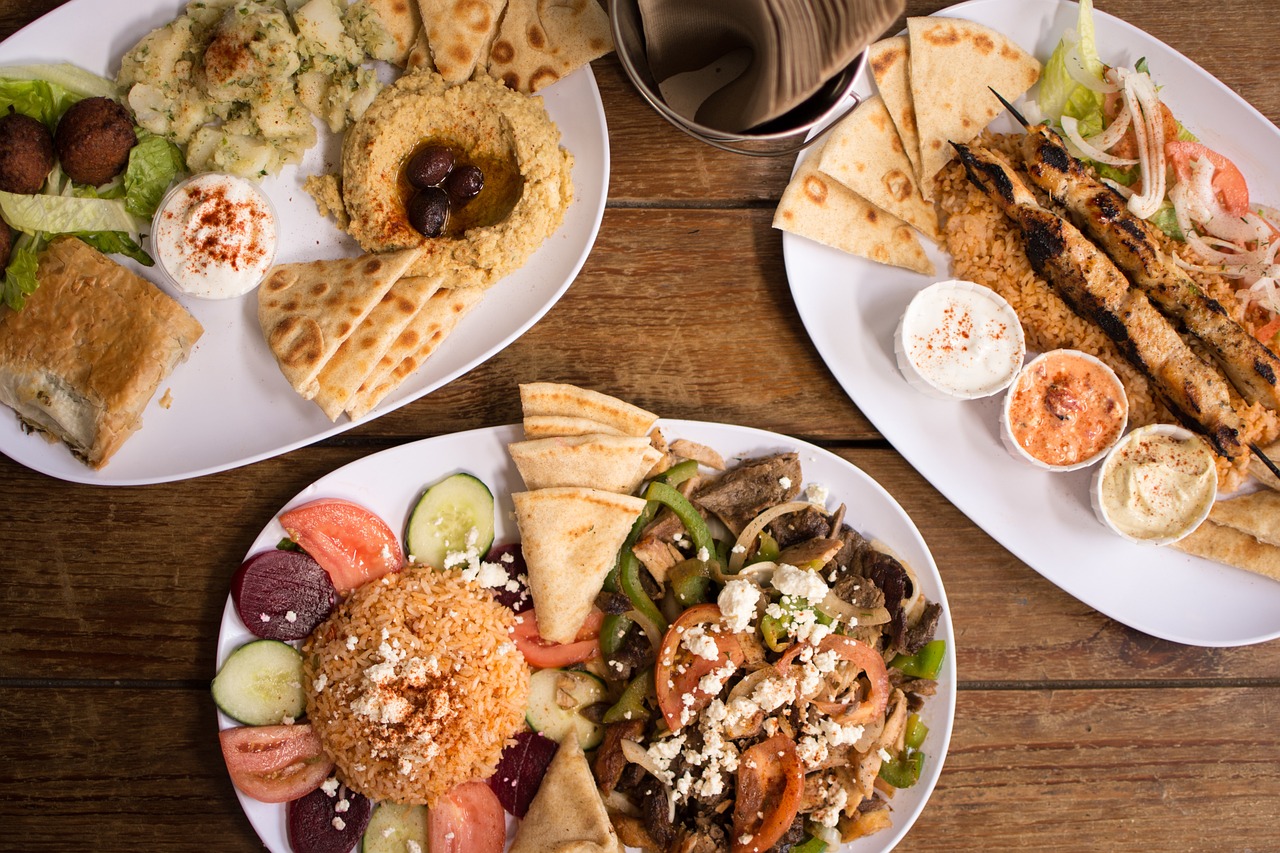
Rhea, also known as Rheia, is a significant Titan and mother goddess within Greek mythology. She is the offspring of Gaia (the Earth) and Uranus (the Sky) and is notably recognized as the mother of the esteemed deities of Mount Olympus. Rhea shares a close affiliation with the Phrygian mother goddess Cybele, and her Roman…
-
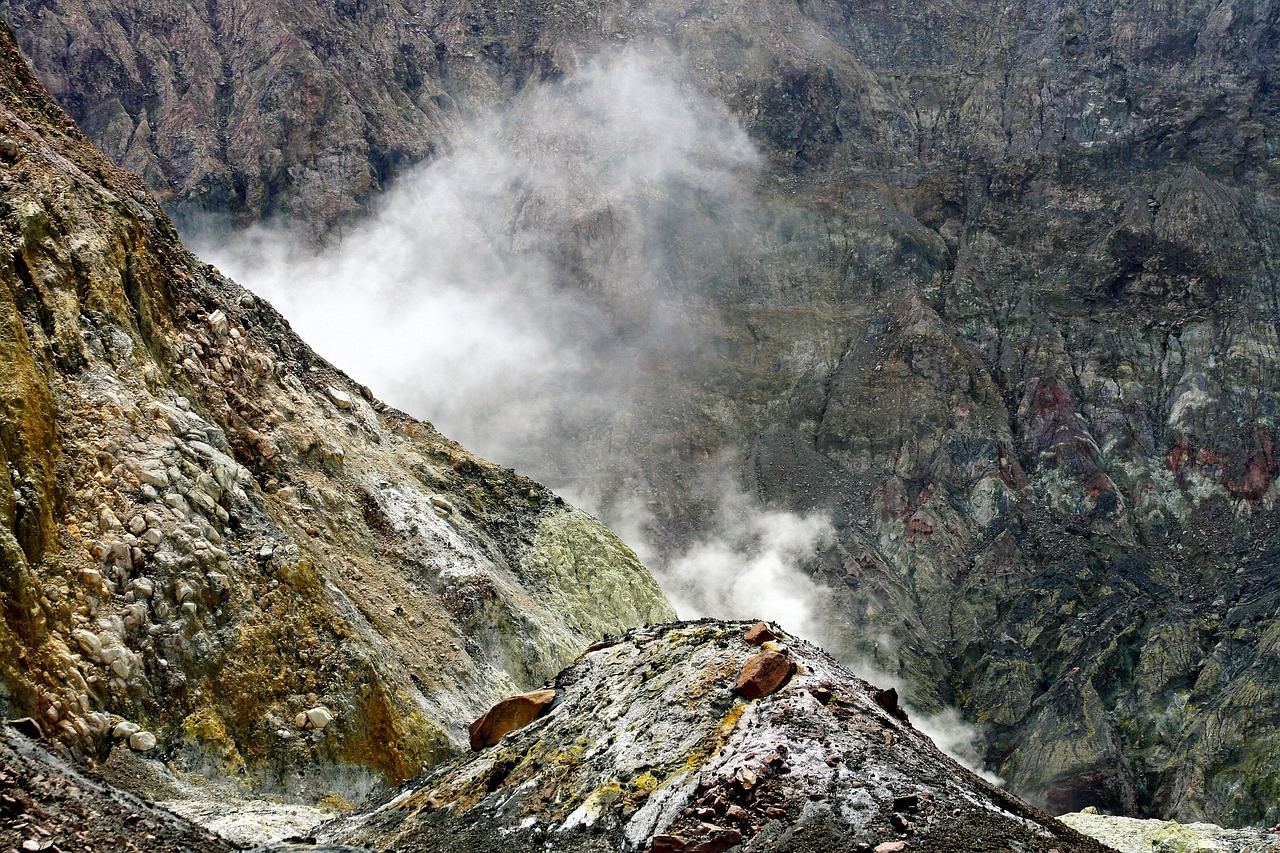
Hades: The Ruler of the Underworld In the realm of ancient Greek religion, Hades, often referred to as Aïdes, stands out as the god of the underworld. He is the offspring of the Titans Cronus and Rhea, sharing family ties with prominent deities such as Zeus, Poseidon, Demeter, Hera, and Hestia. This domain, notoriously seen…
-
Nechtan: The Celestial Guardian of Water In an earlier discussion, we explored the story of Boann, the goddess associated with rivers. Now, we shift our focus to Nechtan, her counterpart and a notable figure within Celtic myths. Often represented in varying forms, we will specifically highlight the narratives that pertain to Nechtan. Although he does…
-
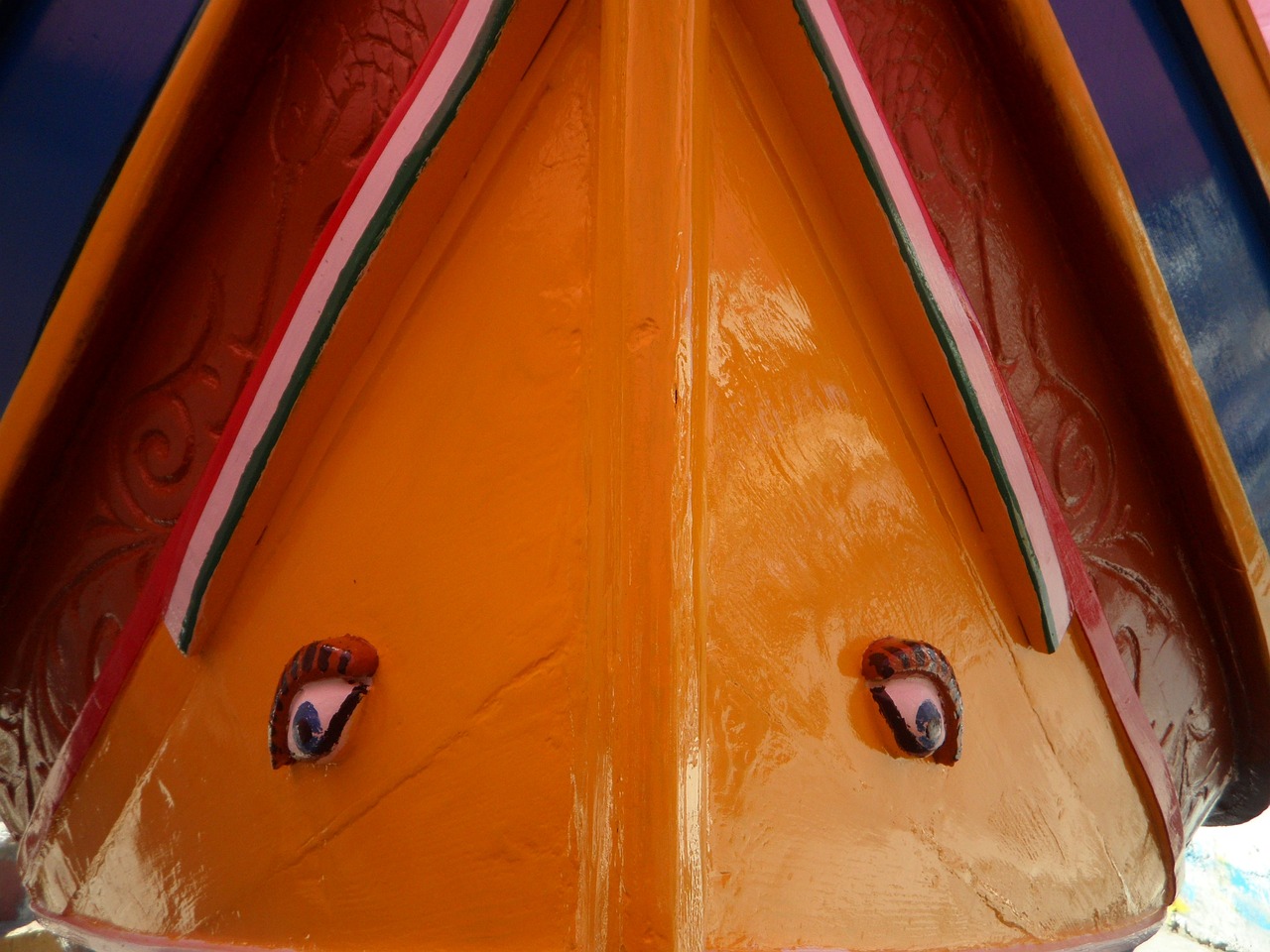
Osiris, the green-skinned god representing the afterlife, is among the most significant deities from ancient Egypt. Serving as a source of comfort for those yearning for life beyond death, he symbolized fertility brought by the Nile and served as a model for kingship. Osiris is unique in ancient Egyptian texts as the only god referred…
-
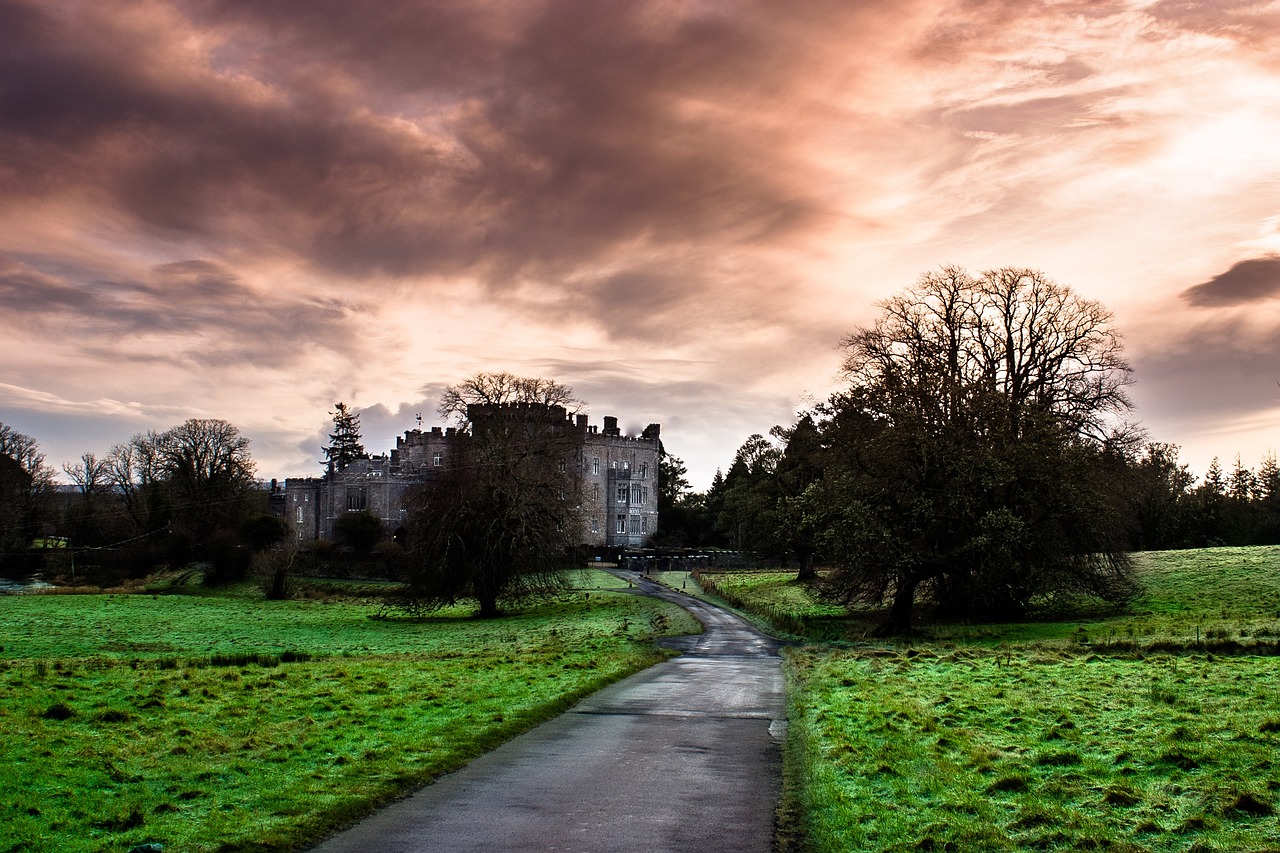
The Divine Exiles of Celtic Mythology Despite the remarkable victories mortals achieved over the gods in Celtic lore, the deities were far from entirely subjugated. Although the goddess Danu’s followers suffered defeat, they retained their supernatural powers, enabling them to either aid or sabotage mortals. According to the Book of Leinster, the Dagda, a significant…
-
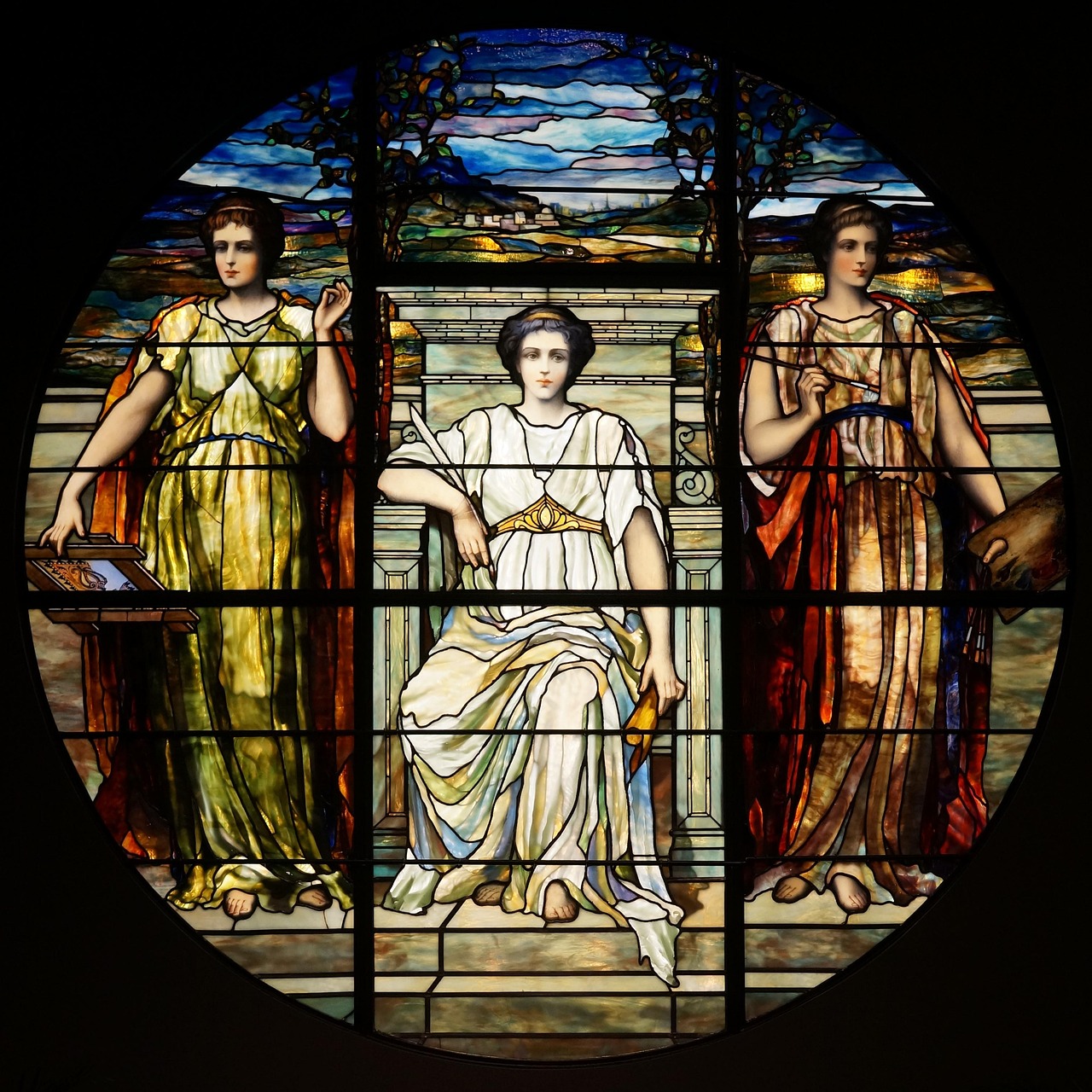
The tale of Orpheus and Eurydice stands as an archetypal tragic love story, capturing the hearts of many through its compelling narrative. This well-known Greek myth has inspired numerous artists throughout history, including prominent painters like Peter Paul Rubens and Nicolas Poussin. Additionally, a vast array of operas, songs, and theatrical works have been created…
-

Statue of Hercules: An Artistic Reflection of Mythology Creation and Characteristics Crafted in the late 18th century by an unidentified Roman artist, the Statue of Hercules showcases a compelling interplay between historical reverence and artistic innovation. This sculpture measures approximately 66 3/4 x 33 1/2 x 26 1/2 inches (169.5 x 85.1 x 67.3 centimeters)…
-
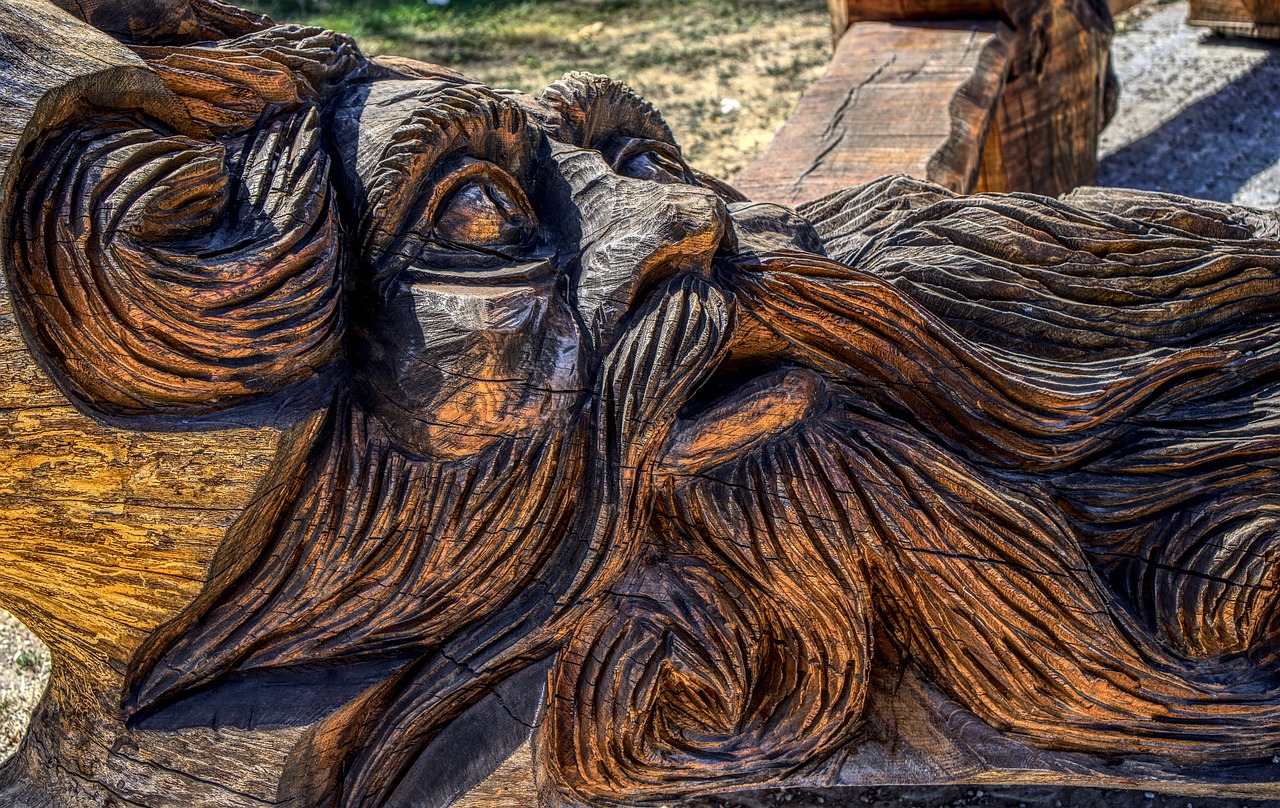
This collection celebrates art featuring the Roman god of freshwater, Neptune, who is revered for his dominion over the sea and horses, paralleling the Greek deity Poseidon. The gallery illustrates a range of artistic interpretations, encompassing paintings, sculptures, and drawings. The Fountain of Neptune A remarkable piece is a bronze sculpture located at the Fountain…
-
Cernunnos, an ancient deity of the Celtic pantheon, signifies the intrinsic elements of nature, wildlife, and fertility. Commonly illustrated in Celtic artistic expressions, he is typically portrayed adorned with stag antlers or horns, often accompanied by a torc adorning his neck. While detailed knowledge about him remains limited, notable representations can be found in artifacts…


